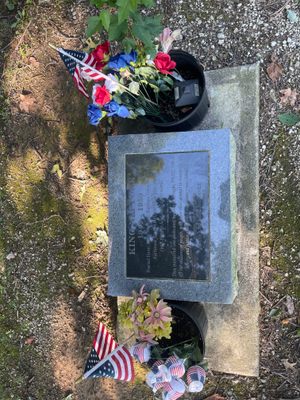About
During World War II Americans at home devised a number of ways to drum up money for war bonds, but very few were likely as successful as King Neptune, the pig who managed to root out millions of dollars for the war effort.
King Neptune was the US Navy's unofficial mascot for nine years during WWII, thanks to Navy recruiter Don Lingle. Born Parker Neptune, the 700 pound porker was to be served at a Naval fundraising dinner, but Lingle realized that the pig could be worth more to the military alive than dead. During the early 40's Lingle toured Neptune all across Illinois, outfitting the animal with a blue robe, a golden crown, and silver earrings. The duo would auction off parts of the pig at each and every stop, hawking everything about the animal from his bristles to his squeals. In the spirit of patriotism, high bidders buying the pig at war bond rallies always returned him. At one point the governor of Illinois even purchased the pig for an unheard of $1,000,000.
By the mid-40's, the rotund superstar had raised what he could and was sent to the Chicago Stockyards to meet a less than glamourous fate despite his service. However, Lingle was able to regain ownership over the oinker and sent him to live on a farm where the King eventually died of natural causes.
King Neptune was given a military burial in Anna, Illinois complete with a headstone honoring his service with the Navy. The original gravestone has since been replaced with a permanent memorial plate which is the least our country could do for a humble beast who managed to raise what would translate to around $200,000,000 by today's standards.
Related Tags
Know Before You Go
The Grave is on the south side of Illinois Route 146 just east of the I-57 overpass, or if you are traveling on I-57, it is the Anna/Vienna exit and turn toward Vienna (east). The grave sits in a small roadside stop. There are many more things to see in the vicinity, so please take time to enjoy that. Route 146 itself follows the old Trail of Tears and King Neptune's grave sits near Camp Ground Church and Cemetery a few miles to the west where a number of the Native Americans traveling through were buried as they succumbed to illness and privation.
Community Contributors
Added By
Published
March 10, 2013


























